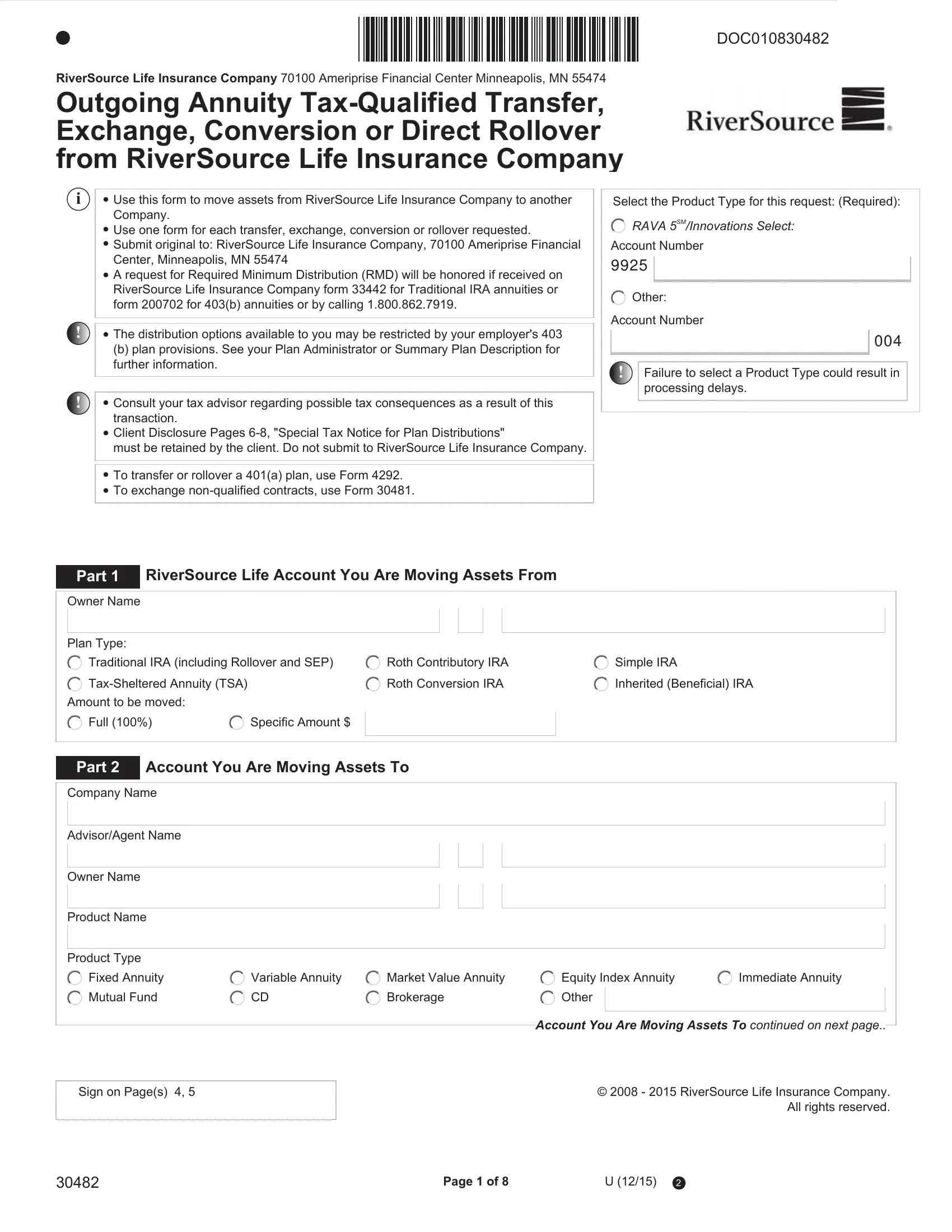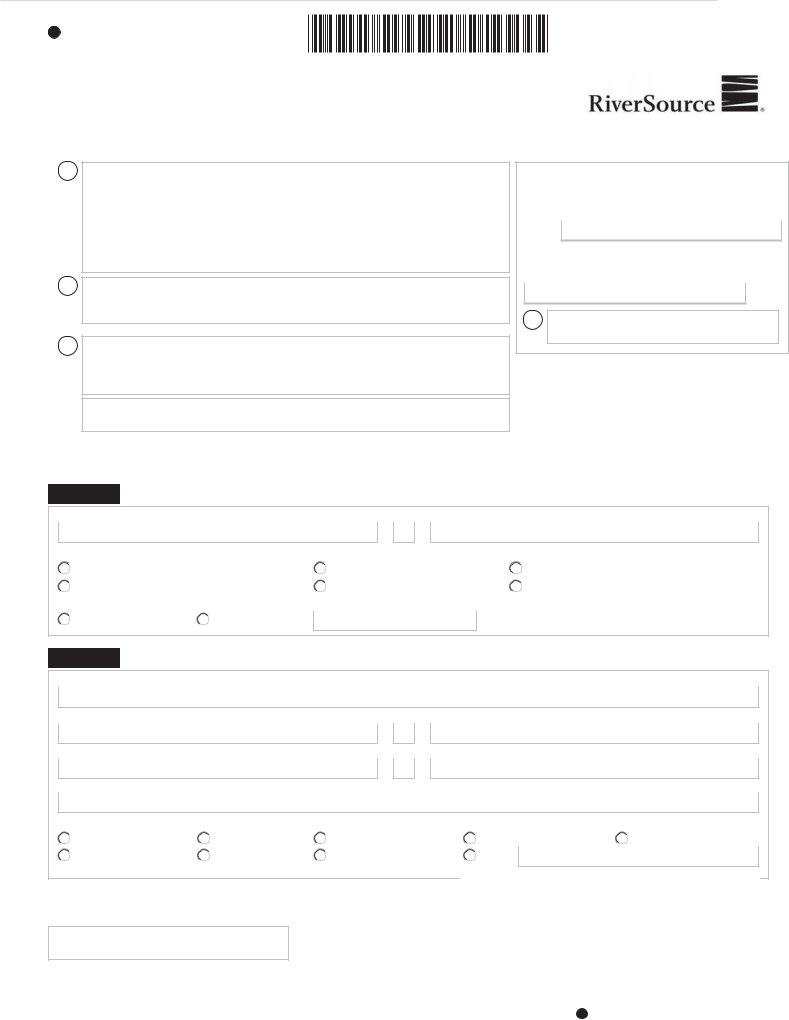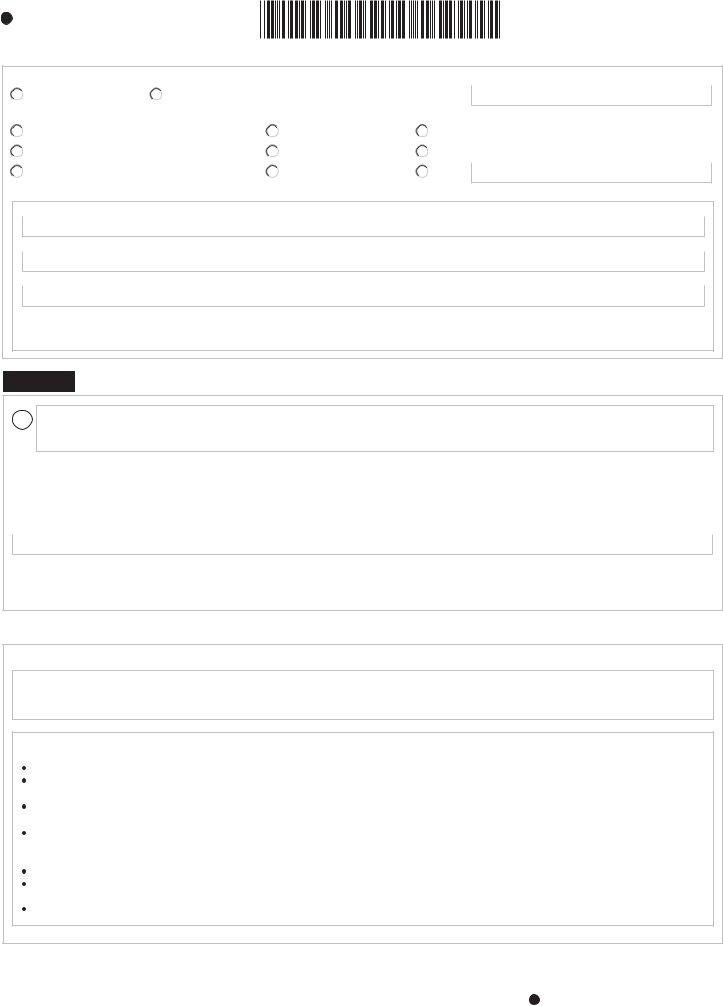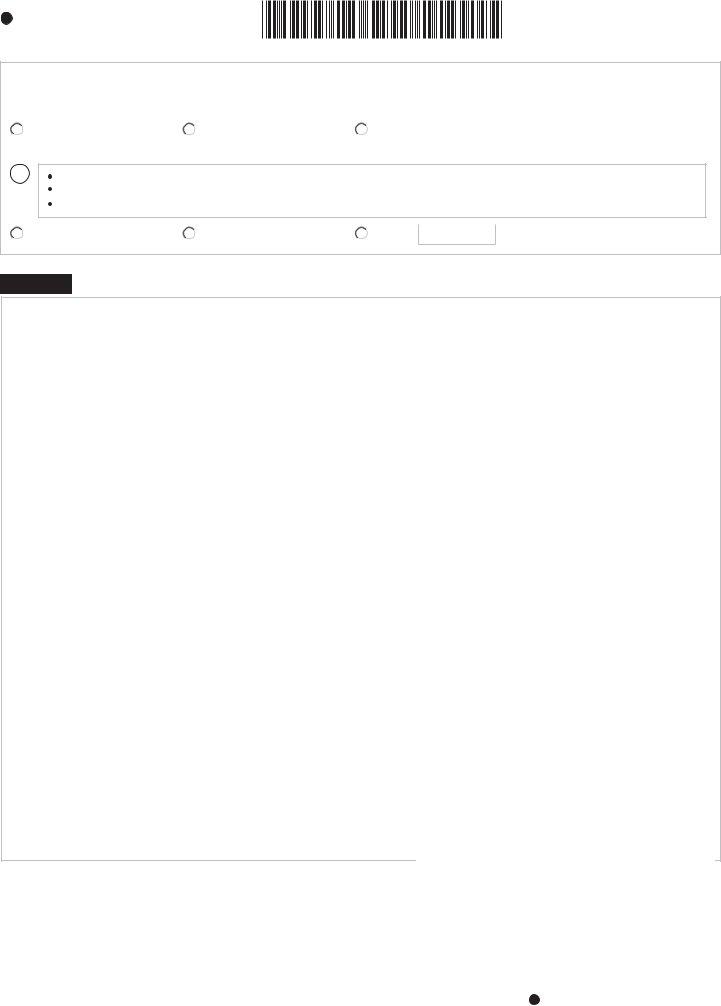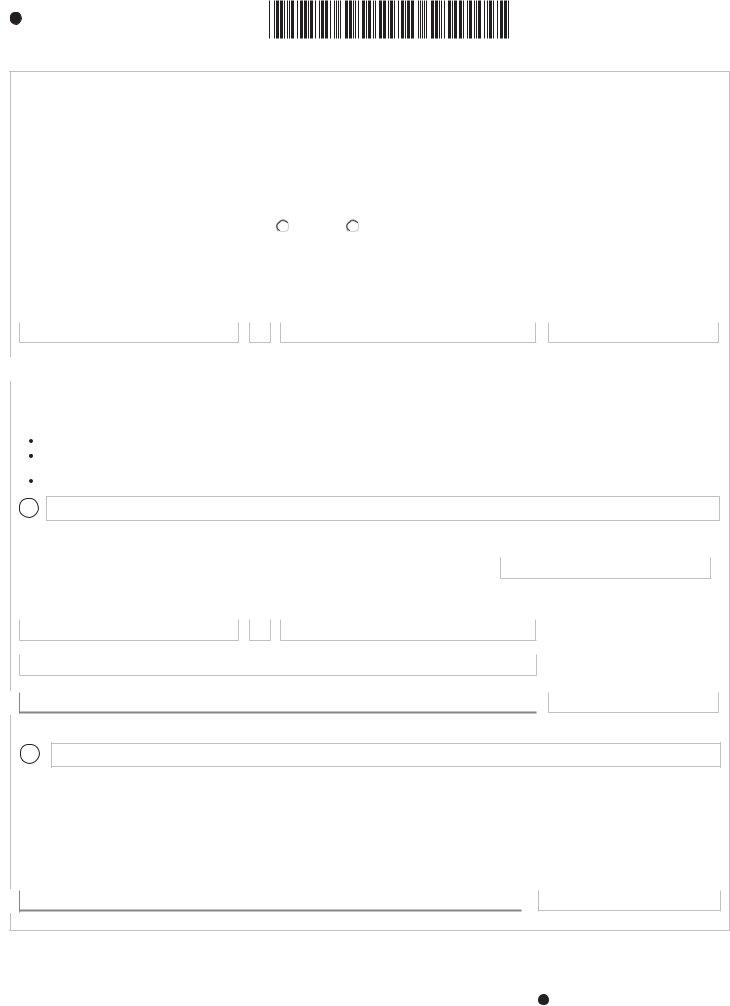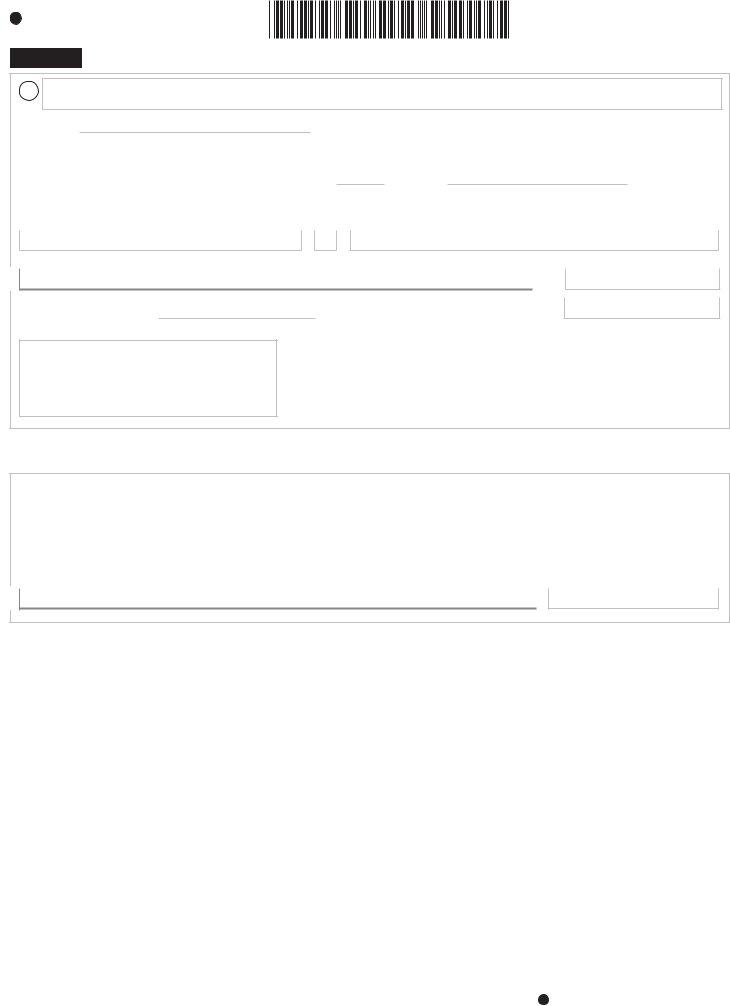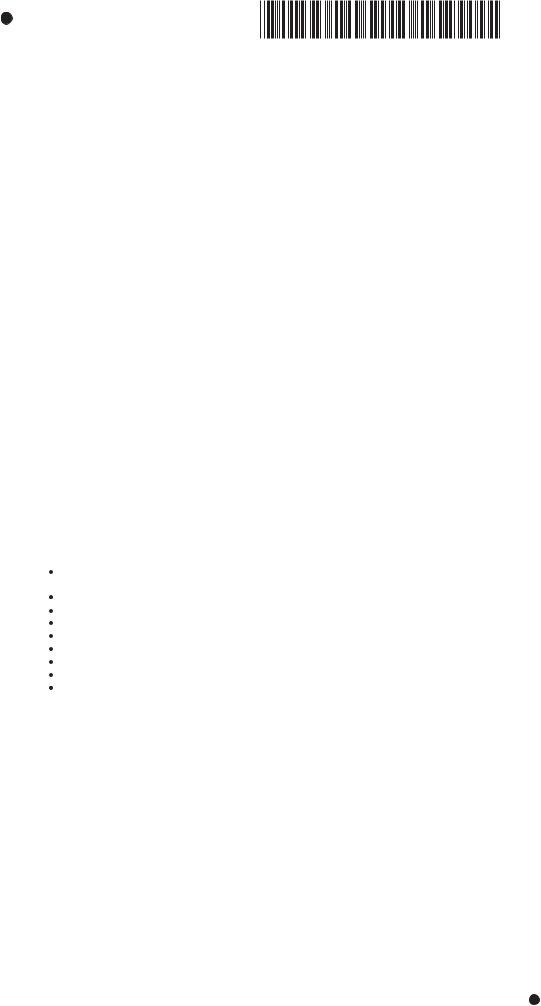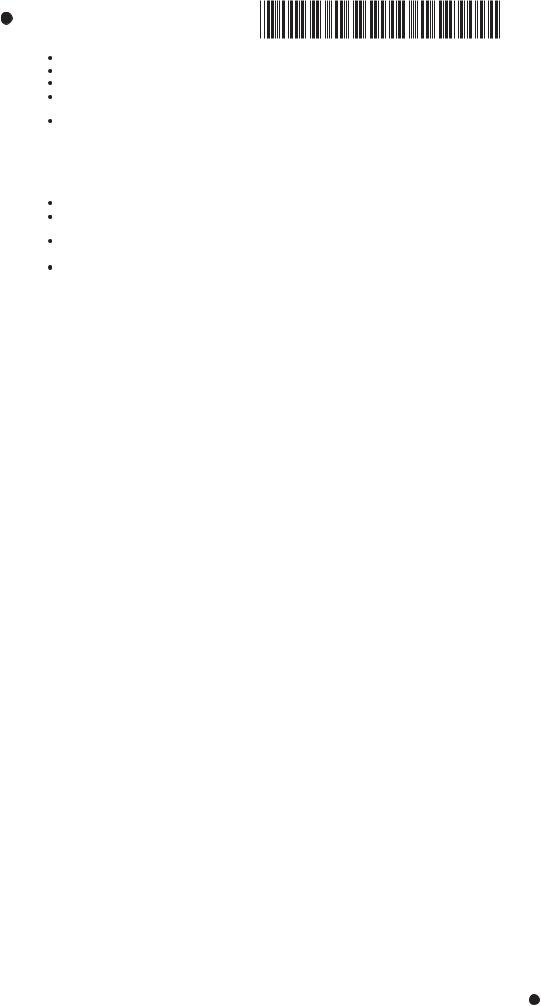DOC070830482
Payments made directly to the government to satisfy a federal tax levy Payments made under a qualified domestic relations order (QDRO) Payments up to the amount of your deductible medical expenses
Certain payments made while you are on active duty if you were a member of a reserve component called to duty after September 11, 2001 for more than 179 days
Payments of certain automatic enrollment contributions requested to be withdrawn within 90 days of the first contribution.
If I do a rollover to an IRA, will the 10% additional income tax apply to early distributions from the IRA?
If you receive a payment from an IRA when you are under age 591/2, you will have to pay the 10% additional income tax on early distributions from the IRA, unless an exception applies. In general, the exceptions to the 10% additional income tax for early distributions from an IRA are the same as the exceptions listed above for early distributions from a plan. However, there are a few differences for payments from an IRA, including:
There is no exception for payments after separation from service that are made after age 55.
The exception for qualified domestic relations orders (QDROs) does not apply (although a special rule applies under which, as part of a divorce or separation agreement, a tax-free transfer may be made directly to an IRA of a spouse or former spouse).
The exception for payments made at least annually in equal or close to equal amounts over a specified period applies without regard to whether you have had a separation from service.
There are additional exceptions for (1) payments for qualified higher education expenses, (2) payments up to $10,000 used in a qualified first-time home purchase, and (3) payments after you have received unemployment compensation for 12 consecutive weeks (or would have been eligible to receive unemployment compensation but for self-employed status).
Will I owe State income taxes?
This notice does not describe any State or local income tax rules (including withholding rules).
Special Rules And Options
If your payment includes after-tax contributions
After-tax contributions included in a payment are not taxed. If a payment is only part of your benefit, an allocable portion of your after-tax contributions is generally included in the payment. If you have pre-1987 after-tax contributions maintained in a separate account, a special rule may apply to determine whether the after-tax contributions are included in a payment.
You may roll over to an IRA a payment that includes after-tax contributions through either a direct rollover or a 60-day rollover. You must keep track of the aggregate amount of the after-tax contributions in all of your IRAs (in order to determine your taxable income for later payments from the IRAs). If you do a direct rollover of only a portion of the amount paid from the Plan and a portion is paid to you, each of the payments will include an allocable portion of the after-tax contributions. If you do a 60-day rollover to an IRA of only a portion of the payment made to you, the after-tax contributions are treated as rolled over last. For example, assume you are receiving a complete distribution of your benefit which totals $12,000, of which $2,000 is after- tax contributions. In this case, if you roll over $10,000 to an IRA in a 60-day rollover, no amount is taxable because the $2,000 amount not rolled over is treated as being after-tax contributions.
You may roll over to an employer plan all of a payment that includes after-tax contributions, but only through a direct rollover (and only if the receiving plan separately accounts for after-tax contributions and is not a governmental section 457(b) plan). You can do a 60-day rollover to an employer plan of part of a payment that includes after-tax contributions, but only up to the amount of the payment that would be taxable if not rolled over.
If you miss the 60-day rollover deadline
Generally, the 60-day rollover deadline cannot be extended. However, the IRS has the limited authority to waive the deadline under certain extraordinary circumstances, such as when external events prevented you from completing the rollover by the 60-day rollover deadline. To apply for a waiver, you must file a private letter ruling request with the IRS. Private letter ruling requests require the payment of a nonrefundable user fee. For more information, see IRS Publication 590, Individual Retirement Arrangements (IRAs).
If you have an outstanding loan that is being offset
If you have an outstanding loan from the Plan, your Plan benefit may be offset by the amount of the loan, typically when your employment ends. The loan offset amount is treated as a distribution to you at the time of the offset and will be taxed (including the 10% additional income tax on early distributions, unless an exception applies) unless you do a 60-day rollover in the amount of the loan offset to an IRA or employer plan.
If you were born on or before January 1, 1936
If you were born on or before January 1, 1936 and receive a lump sum distribution that you do not roll over, special rules for calculating the amount of the tax on the payment might apply to you. For more information, see IRS Publication 575, Pension and Annuity Income.
If your payment is from a governmental section 457(b) plan
If the Plan is a governmental section 457(b) plan, the same rules described elsewhere in this notice generally apply, allowing you to roll over the payment to an IRA or an employer plan that accepts rollovers. One difference is that, if you do not do a rollover, you will not have to pay the 10% additional income tax on early distributions from the Plan even if you are under age 591/2 (unless the payment is from a separate account holding rollover contributions that were made to the Plan from a tax-qualified plan, a section 403(b) plan, or an IRA). However, if you do a rollover to an IRA or to an employer plan that is not a governmental section 457(b) plan, a later distribution made before age 591/2 will be subject to the 10% additional income tax on early distributions (unless an exception applies). Other differences are that you cannot do a rollover if the payment is due to an “unforeseeable emergency” and the special rules under “If your payment includes employer stock that you do not roll over” and “If you were born on or before January 1, 1936” do not apply.
If you are an eligible retired public safety officer and your pension payment is used to pay for health coverage or qualified long-term care insurance
If the Plan is a governmental plan, you retired as a public safety officer, and your retirement was by reason of disability or was after normal retirement age, you can exclude from your taxable income plan payments paid directly as premiums to an accident or health plan (or a qualified long-term care insurance contract) that your employer maintains for you, your spouse, or your dependents, up to a maximum of $3,000 annually. For this purpose, a public safety officer is a law enforcement officer, firefighter, chaplain, or member of a rescue squad or ambulance crew.





